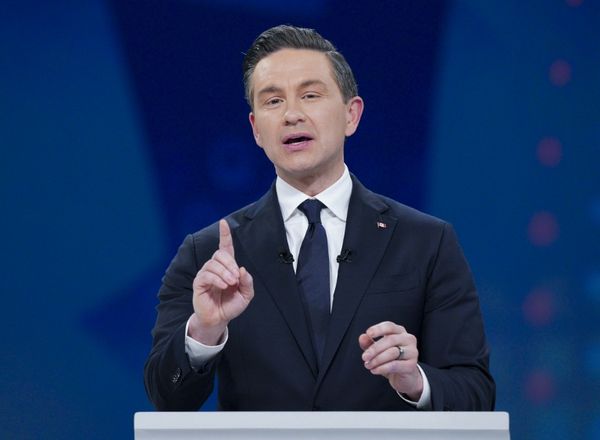
The NCAA Division I Board of Directors took a large, but necessary, step forward on Monday to codify the forthcoming House v. NCAA settlement into the organization’s sprawling rule book as college athletics continues to move toward a fairly significant overhaul.
Among nine key legislative proposals approved, 153 rules and bylaws will be eliminated in anticipation of new direct compensation from schools to athletes that the decade-long House settlement calls for. This will end many of the longstanding amateurism rules the NCAA had held on to so closely over the years.
The move comes on the heels of a final settlement hearing in the U.S. District Court of Northern California earlier this month where Judge Claudia Wilken heard from a slew of last-minute objectors, along with other attorneys representing various plaintiffs and defendants, to determine the fate of three antitrust lawsuits against the NCAA and the Power 5 conferences that the court is weighing decisions on, with a final approval of the settlement coming potentially as soon as the end of this week.
The proposal, contingent on the court’s final approval and taking effect on July 1, also establishes new rules surrounding roster limits for various Division I sports and puts into place a new system of NIL enforcement that have become key talking points since various parties agreed to a $2.8 billion settlement last year.
The decision to revamp the NCAA manual to comply with the settlement is far from over, but it is a big milestone in a process that has been months in the making. Numerous administrators and national office personnel at the organization’s Indianapolis headquarters have been pouring over the Division I manual on a near daily basis to figure out what needed to be cut, altered or created in order to facilitate the terms of the settlement.
For example, Proposal No. 2025-11 is set to eliminate a number of existing bylaws governing scholarship limitations, such as limiting schools to handing out a maximum of 11.7 scholarships to their baseball team. It will replace them with a hard cap on the number of players on the roster. For FBS football, that results in going from 85 scholarship players and upwards of 40 walk-on players to a more restrictive limit of just 105 athletes in total.
Meanwhile, other proposals, such as No. 2025-10, deal with the complexities surrounding the upcoming direct revenue-sharing with athletes that will start this summer. It establishes the mechanism to recalculate college athletics’ version of a salary cap and sets the 2025–26 overall number at $20.5 million for schools to share if they opt in to the settlement. The proposal also outlines specific benefits schools can (or cannot) provide to athletes that will keep them in compliance with settlement’s terms.
Perhaps the most interesting move was the inclusion of a small bit of fine print regarding the actual effective date of some of the new rules. In one of the more controversial aspects of the settlement, all NIL deals with third parties over $600 are set to be approved by a new clearinghouse administered by the consulting firm Deloitte. Some agreements deemed not fair market value will enter into an arbitration process. That has resulted in a slew of dealmaking this month between schools, third-party collectives and numerous high-profile players to get things over the line before they would be required to submit their deals to the clearinghouse.
However, the board noted that any such deals, even those executed before the final approval date, will still have to be submitted to the clearinghouse should they have payments that take place after July 1. That potentially impacts several players such as former Tennessee Volunteers quarterback Nico Iamaleava, who was reportedly seeking a deal that would pay him as much as $4 million this season before he committed to the UCLA Bruins on Sunday for an unknown amount.
The board also discussed the future of Division I outside of the House settlement, but was far more nebulous in terms of its actual decision-making, examining a number of governance concepts that could further change how major schools operate and what their conferences will look like if more flexible membership requirements were adopted.
While such discussions are set to carry on over the coming months, Monday represented a notable step forward in the evolution of college athletics. With new NCAA rules on the docket and a trimming of the inches-thick Division I manual on tap, all eyes now turn to Judge Wilken in the coming days as she weighs formally approving the House settlement that just about everything is contingent on.
More College Football on Sports Illustrated
This article was originally published on www.si.com as NCAA Approves Rule Change to Allow Direct Payment to Athletes Pending House Settlement.







